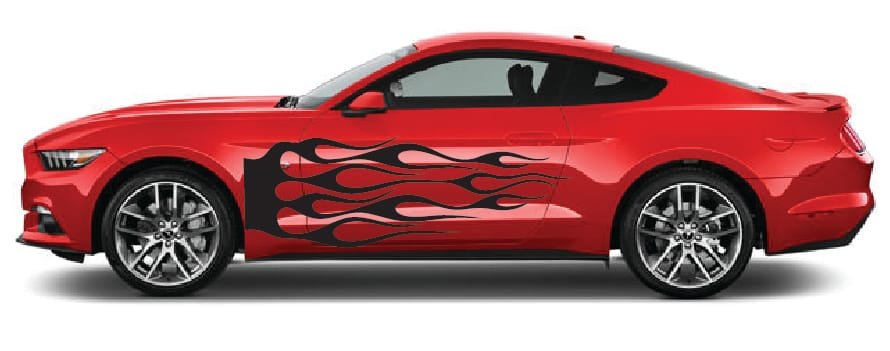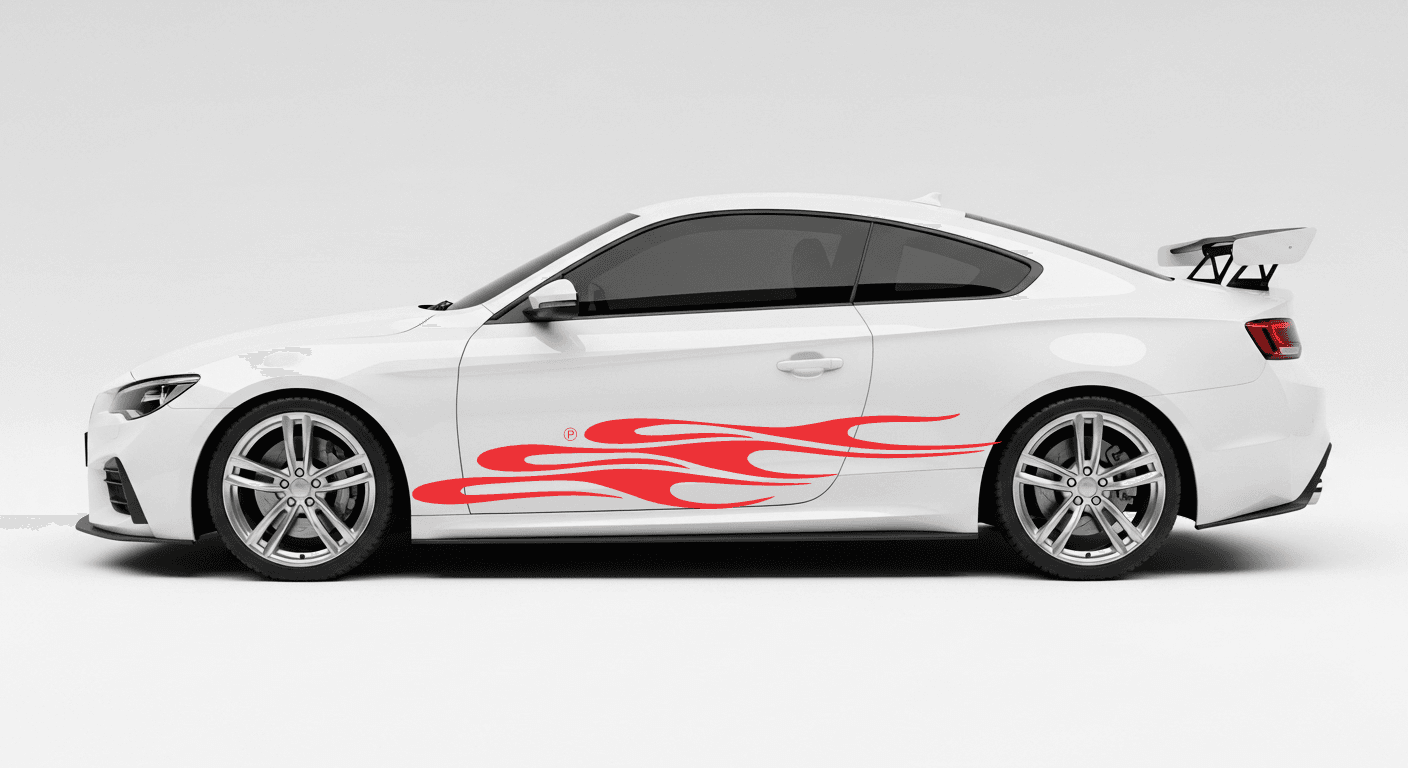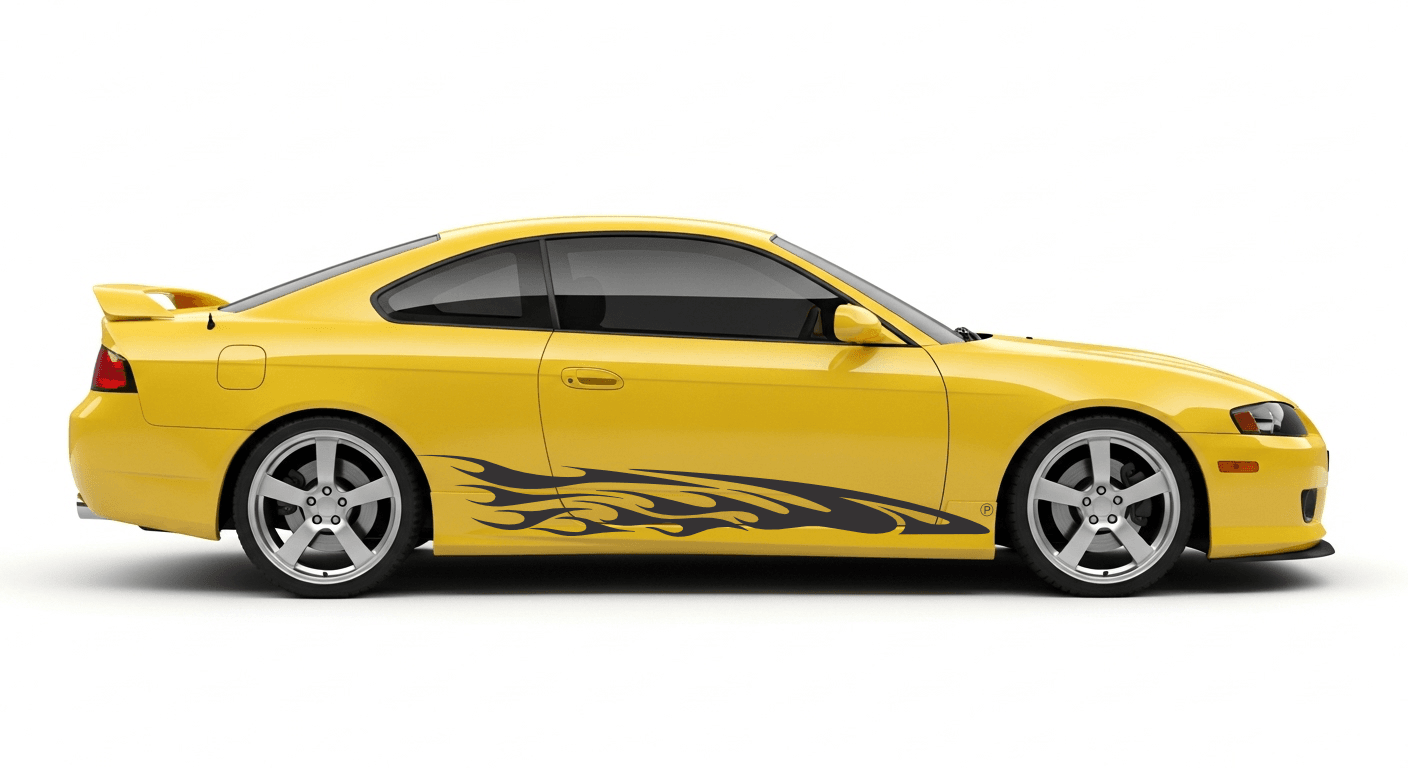No products in the cart.
Return To Shop
Log in / Sign up
Login
Register
Racing stripes Vinyl Decal
Racing Decals: Boost Your Race Car’s Branding
All categories
If you have any questions or would like a custom order, please do not hesitate to contact us.
Free shipping on everything
0
0
0
0
What are Racing Decals
Racing decals are specialized graphics and stickers applied to race cars, serving as a prominent aspect of motorsports culture. These decals can range from simple logos to comprehensive designs that cover significant portions of a vehicle. Their importance extends beyond mere aesthetics; they are integral to branding and sponsorship visibility within the highly competitive world of racing. In a sport where every detail contributes to a team’s identity and performance, racing decals hold considerable value.
One of the primary functions of racing decals is to showcase sponsors. In motorsports, the car acts as a moving billboard, displaying various logos and graphics that provide sponsorship exposure. This visibility can be vital for companies seeking to increase brand awareness and reach a wider audience. Sponsors invest significant resources into racing teams, and prominent placement of their decals can create a tangible return on investment. The more visible a sponsor’s logo is during a race, the more potential there is for brand recall by the audience.
In addition to sponsorship visibility, racing decals also play a crucial role in vehicle identification on the track. When multiple vehicles are racing at high speeds, distinguishing each car can be challenging. Decals serve as a means to easily recognize a driver’s team, thereby enhancing the overall viewing experience for fans and officials alike. This identification is not only beneficial for spectators but is also essential for scoring and tracking purposes throughout the event. Overall, racing decals combine functional and promotional elements, cementing their essential role in the motorsports ecosystem.




Types of Racing Decals
When it comes to racing decals, selecting the appropriate material is crucial for both aesthetic appeal and practical performance. Among the most common materials used for racing decals, vinyl and paper are the most prevalent, each possessing unique qualities that cater to different needs and environments.
Vinyl is widely regarded as the premier choice for racing decals due to its remarkable durability and weather resistance. High-quality vinyl decals can withstand various conditions, including exposure to moisture, extreme temperatures, and UV light. This resistance prolongs their lifespan, making them suitable for outdoor racing events where environmental challenges are a constant factor. Additionally, vinyl decals can be easily applied to a variety of surfaces, ensuring a smooth and professional finish that maintains its integrity over time.
In contrast, paper decals are typically less durable and more prone to wear and tear. While they may be suitable for temporary use or promotional purposes, they do not hold up well under harsh racing conditions. Paper is more susceptible to water damage and fading from sun exposure, which is crucial for racers aiming for long-term visibility in brand representation. While these materials might be enticing due to their lower cost, they are often less effective for serious racers seeking to showcase their brand consistently and resiliently.
Other options for racing decals include polyester and polypropylene materials, which offer additional advantages such as increased tear resistance and flexibility. These materials can provide a good balance between cost and durability, making them an attractive choice for teams looking to enhance appearance without sacrificing functionality.
Ultimately, understanding the advantages and limitations of each material will empower racers to make informed decisions that best suit their specific requirements and racing conditions. Whether opting for vinyl, paper, or other materials, ensuring the right choice is fundamental in achieving a balance between branding and performance.
Designing Your Racing Decals
The design process for racing decals is a crucial aspect that can significantly enhance both the branding and performance of a race car. Effective racing decals serve not only as an identification tool but also as a means to convey a team’s identity and attract attention on the track. To achieve optimal results, several key elements must be considered, including color, typography, logos, and adherence to racing regulations.
Color selection plays a pivotal role in decal design, as it can influence visibility and recognition. Bright, contrasting colors tend to stand out more prominently, especially in high-speed environments. Moreover, the choice of colors should reflect the team’s brand identity and values. A well-thought-out color scheme can evoke emotions and associations, making the race car memorable to fans and spectators alike.
Typography is equally important when creating racing decals. The font style should be legible from a distance, ensuring that numbers, names, and sponsors are easily identifiable during a race. Bold, sans-serif typefaces are typically preferred for their clarity and modern appearance. Additionally, it’s advisable to restrict the number of different fonts used to create a cohesive visual identity, which enhances the overall professional look of the car.
Incorporating logos effectively into the decal design provides an opportunity for promotion and sponsorship visibility. Logos should be strategically placed for maximum exposure while ensuring they remain proportionate to the car’s surface and do not obscure important information. Furthermore, it is essential to familiarize oneself with the racing regulations that restrict certain designs, colors, or placements, ensuring compliance while still achieving a standout appearance.
Ultimately, the design process for racing decals is an art and a science, requiring a balance between creativity and regulatory adherence. By focusing on these elements, race teams can create eye-catching decals that communicate their brand effectively while competing at high speeds.

